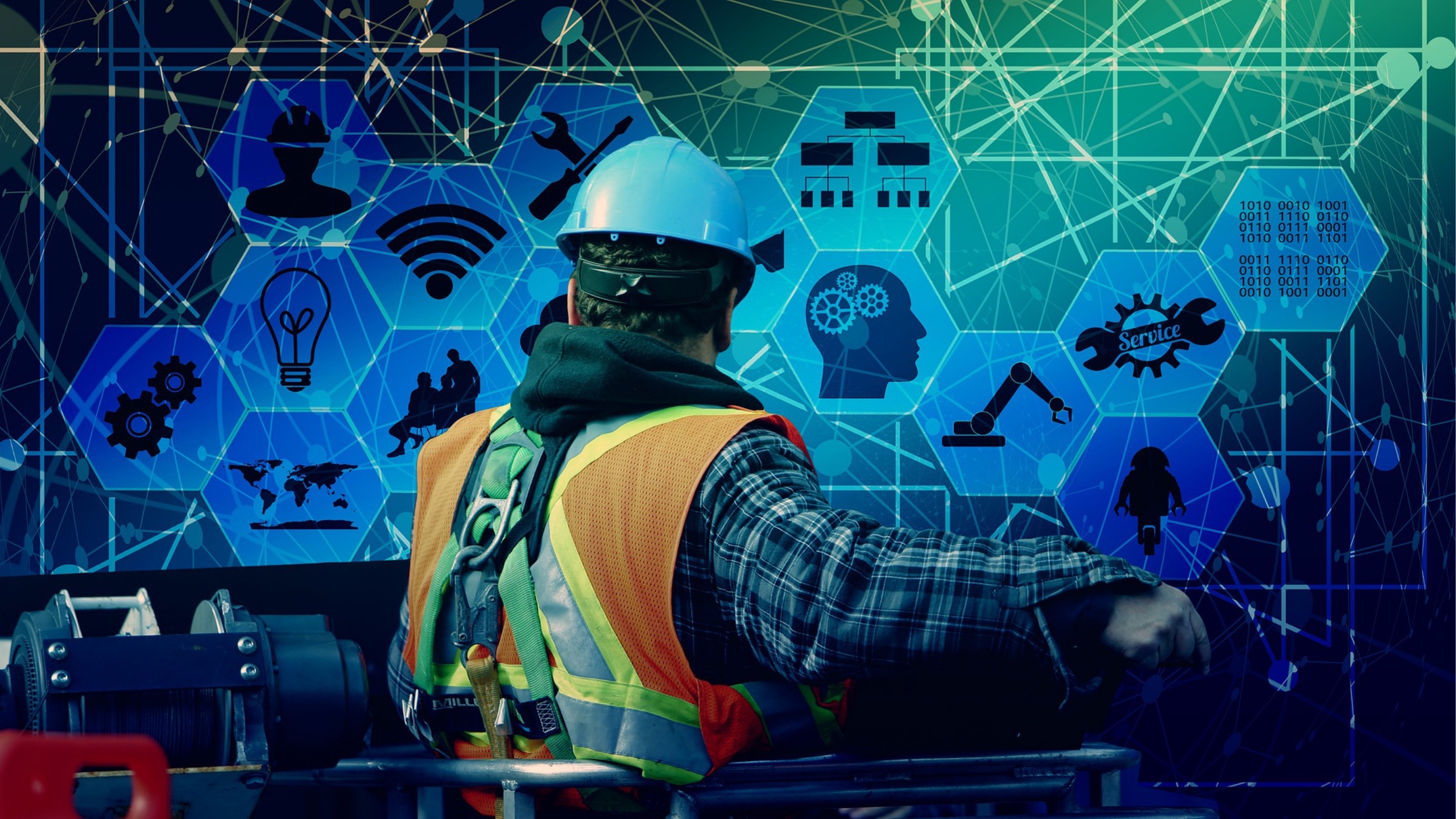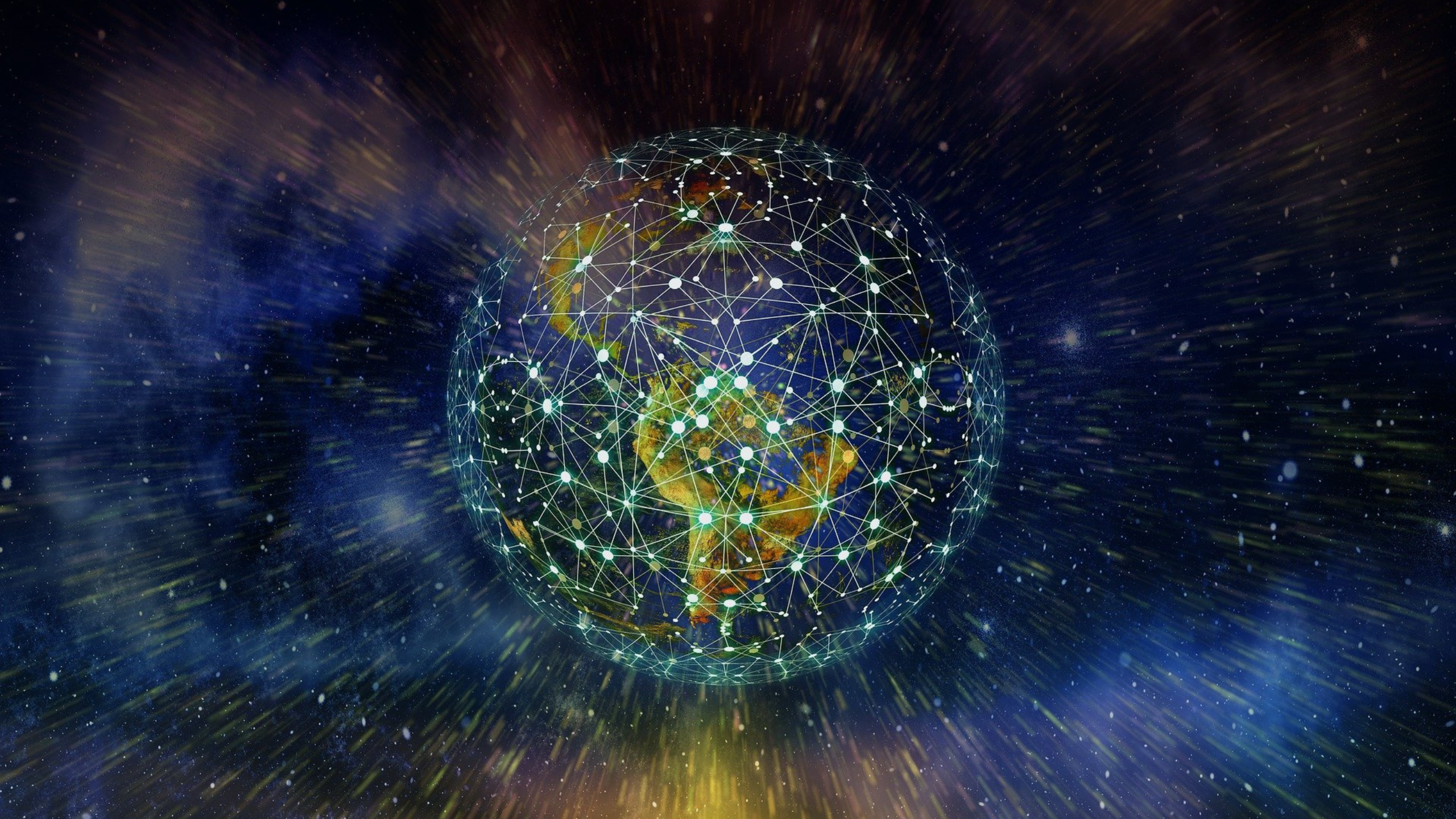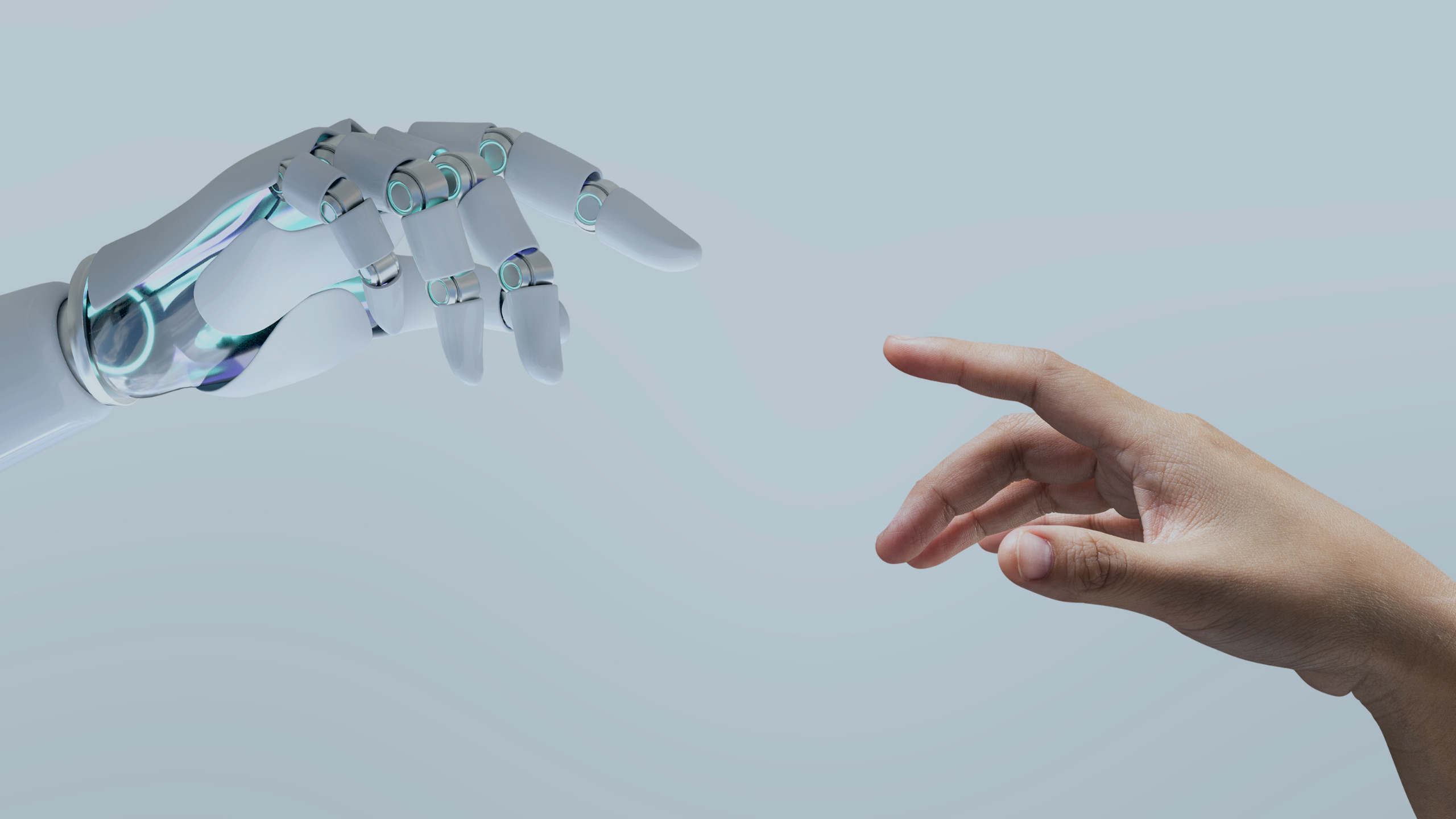Embedded systems to improve work safety
Work safety is a delicate and current topic, that closely involves millions of Italians. According to INAIL, the first two months of 2022 have registered over 120k complaints about injuries in workplaces, with a YoY increase of 47%. Due to the global pandemic, that has provoked lockdowns but at the same time has offered the opportunity for remote working, it is diffìcult to compare data of the past years, but surely the number of complaints in 2022, even if it’s only partial, is surely an alarm that needs to be listened to.
Innovation, applied to industry, can improve safety in workplaces to reduce injury risks and avoid dramatic epilogues. Smart PPE, cobot, sensors, and other embedded systems are only a few examples of how technology can help manufacturers and industries to guarantee work safety for all employees.
However, the Italian industrial scenario is far from a technological revolution: in the Italian industries there is often obsolete machinery, not compliant with the EU Directives, like the Machinery Directive 2006/42/CE. Inspections conducted by INL (Ispettoraro Nazionale del Lavoro) pointed out irregularities in more than 8k firms (79% of the inspected companies).
Investing in technological modernization is not fundamental only for productivity, efficiency, and profitability, but also for effective solutions for a better work environment and safety.
Smart safety with embedded systems and smart PPE
The technological revolution can offer support to various sectors, like manufacturing and construction, where injury risk is very high. The Covid emergency situation has accelerated the digital transition, making workplaces and construction sites safer and more efficient.
Smart PPEs (Personal Protective Equipment), use the Internet of Things to combine wearable smart devices and safety on construction sites and factories: jackets, gloves, helmets, shoes with sensors connected to devices that can record information and data in real-time, sending requests of intervention if needed.
Cobot, precious collaborators in factories
Cobots, collaborative robots, play a key role in the automation processes. Besides carrying out routine activities, cobots are perfect for potentially dangerous operational tasks. In a pharmaceutical lab, for example, a cobot can be used for tasks where there is a high risk for contamination or intoxication; it is possible to avoid work injuries, that can be lethal.
Predictive Maintenance
Thanks to embedded systems and IoT, it is possible to perform predictive maintenance on machinery and promptly intervene in case of failures, avoiding accidents in factories. The employer will improve production efficiency and will have safer and controlled machinery.
Drones and sensors for dangerous situations
IoT technologies and smart sensors can be fundamental to monitoring environmental risks, especially in dangerous situations like a gas leak. Drones, that are remotely controlled, are an ideal solution to monitor areas where there are risks for workers, like in a building damaged by an earthquake. Drones can send images and capture measurements in real-time and allow workers to evaluate risks.
Real-Time Locating Systems (RTLS)
RTLSs, real-time locating systems, are embedded systems that can improve workplace safety in manufacturing and logistic sectors. Based on ultra-wide band technology, through a unique tag, they can monitor and localize in real-time the position of a worker, vehicle, or machinery. RTLS systems are used for better productivity and to increase safety levels in factories.
MAS Elettronica Embedded systems
“SBC Frida is a compact and low consumption product with a processor created for Artificial Vision and IoT - explains Sandro Mascetti, MAS Elettronica CEO - for example, can be used in firefighting systems to track movements and paths of people inside a building on fire”.
Discover SBC Frida IMX8M for IoT and Artificial Vision
Blockchain: a new technology for a sustainable future
Blockchain technologies don’t enjoy a good reputation when it comes to environmental sustainability. The reason is that sometimes the word blockchain is used as a synonym for bitcoin, but one - blockchain - is the means to pursue a purpose, the cryptocurrencies. It is true that bitcoin mining requires an enormous amount of electricity and this makes cryptocurrencies a sector with a high environmental impact. According to the Cambridge Bitcoin Electricity Consumption Index, crypto is accountable for the consumption of 0.5% of global energy production.
But blockchain is not only related to bitcoin and it can be one of the technologies for a sustainable future.
New technologies: blockchain
Blockchain is a technology of the “Distributed Ledger family”, that includes systems based on a digital ledger of information or transactions, distributed across the entire network of computer systems. Data are clustered in blocks and are chained together. Systems using blockchain technology are traceable, verifiable, decentralized, and reliable.
A block of content cannot be changed or deleted but other blocks can be added. This system of recording information makes blockchain always reliable and transparent because it cannot be manipulated or hacked. This technology is a valuable resource for solutions that can satisfy ESG in Industry 4.0.
Blockchain for a sustainable future
Environmental sustainability is a fundamental subject that companies need to prioritize for the future of their businesses. Clients have become more sensitive to this topic; they are willing to choose sustainable products despite a higher price or, on the other hand, they turn towards other products if it doesn’t match their values. However, information cannot be always tracked and it can be modified to ‘correct’ some data that are not compliant or aligned with the clients’ values.
Blockchain can support companies to efficiently inform clients (either consumers or investors) about a product or a service in the real world or in the most recent metaverse.
Applications of a blockchain can be multiple. A company that produces organic food can show all the steps: from the raw materials to the finished product and the commitment to the environment.
Another example could be a company that has to monitor carbon emissions. Combining blockchain technology and Internet of Things technology it is possible to collect real-time data with verifiable and secure tracking.
Blockchain: what institutions think about this new technology
International and national institutions are confident that blockchain can be an instrument for environmental sustainability. According to the United Nations, blockchain can have significant benefits to a more sustainable global economy.
On the national level, thanks to PNRR (National Recovery and Resilience Plan), the digital sector will drastically grow over the next few years with a forecast of 50 billion investments by 2026. In December 2021, the Ministry of Economic Development signed a decree for the Fund for new technology development with an initial investment of €45 million. The fund aims to finance research and innovation projects related to the transitional program 4.0.
Discover the latest solutions for 2022
Contact us to discover our solutions.
HMI: the evolution of human-machine interface
The evolution of the Human Machine Interface, HMI, had a rapid acceleration in recent years thanks to the development and spread of mobile devices, mainly smartphones. Touch-screen technology is surely the most widespread HMI application, but since 2018 there have been developed new important technologies like conversational interface and AR and VR technologies.
The rapid development of HMIs has influenced interface design in the consumer and industrial areas. To guarantee a smooth and efficient relationship between humans and machines, it is fundamental to use high-quality hardware, like boards and processors, that can support the optimal functionality of the device. The clients, whether they are smartphone users or workers on an industrial machine, want a service or a product that is fast, intuitive, and easy, if not natural, to use.
HMI in today's industry
In today’s industry, HMIs are mainly touch-screen and can be used in different situations: from a simple screen used by a worker to command machinery to a more complex system on the entire production line. Thanks to their reliability in data processing and collection, HMIs have become crucial in the decision-making process of a company. The industrial areas that have integrated innovative Human Machine Interfaces are the automotive, pharma, transport, and energy sector.
HMIs have an important role in the industrial automation process, as well. In the pharma industry, as an example, there can be an entire production line with the operator remotely controlling the production. In this case, it is possible to avoid contamination of the products or biological risks for the workers. Thanks to an HMI, the machinery can be commanded and controlled remotely without the physical presence of a human operator. Like other technology, HMI focus needs to be usability, flexibility, speed, and security. A Human Machine Interface must be easy to use, adaptable if needed, fast, and secure to use.
Human Machine Interface: from touch-screen to “Mind and Body”
The HMI technological evolution won’t stop with touch screens. From the “Hands & Touch” era, when the command was given by pushing a button or as recently with a simple touch, we will move to the “Mind & Body” era, where our body is the interface and our mind will guide the actions. This shift will bring the need for more immersive and smart interfaces.
Among the advantages of an immersive interface, there is the opportunity to offer an experience that can be engaging, customized, emotional, and interactive where the user can be an active ‘player’. Ray Kurzweil, Director of Engineering - Google, stated that in the future of Human Machine Interface we will have a virtual backup of our mind, with our memories and thoughts recorded and stored in a cloud. Other futuristic scenarios imagine a sharing of thoughts and information between humans and from human to machine.
MAS Elettronica products for HMI:
Discover MAS Elettronica products to design efficient HMIs:
Expertise, our strength for tech innovation
Expertise, tech innovation, and high-quality products: these are the values that have been characterizing us for more than 14 years. In every project, we offer our deep expertise, the result of our long experience combined with the latest updates. Every day MAS Elettronica team and our most reliable partners design and develop hardware and embedded systems that can satisfy the clients’ needs, offering the most innovative and efficient solutions.
Customized solutions for tech innovation
From the initial kick-off to the assistance on the final product: MAS Elettronica has the exclusive advantage of being a unique and qualified interlocutor with whom the client can follow all the project phases. The proposed solutions can be customized and shaped to satisfy the clients’ needs. We offer a complete and flexible service to Italian and international companies and we guarantee constant support before, during, and after the production to promptly intervene in case of necessity. When a project reaches its maturity, we offer tutoring sessions and transfer knowledge to our clients to manage independently the product life cycle.
Hardware, software, and production
In the past 14 years, we have strengthened our expertise in tech innovation and hardware/software design. Thanks to our extensive experience, we design and realize steady and tested products. Portability and easy-to-use are our focus to offer turn-key solutions, especially in the Internet of Things and cloud-based applications.
The productive phase is assigned to our most reliable and expert partners. The production is carefully followed in every step by MAS engineers and our partners: from testings to labeling, from quality control to board packaging.
Sandro Mascetti’s experience and intuition
MAS Elettronica has consolidated its experience in hardware design thanks to the intuition and passion of its founder, Sandro Mascetti, the electronic engineer who leads the tech team in MAS. Born as an electronic design consulting firm, MAS has evolved into a robust and reliable company with a team of experts in electronics and computing.
“Every day we approach new technologies and the biggest challenge is to transform changes and disintegrations into opportunities and advantages - explain Sandro - It’s in our DNA to find innovative solutions and allow our clients to be the owners of the solutions we offer”.






